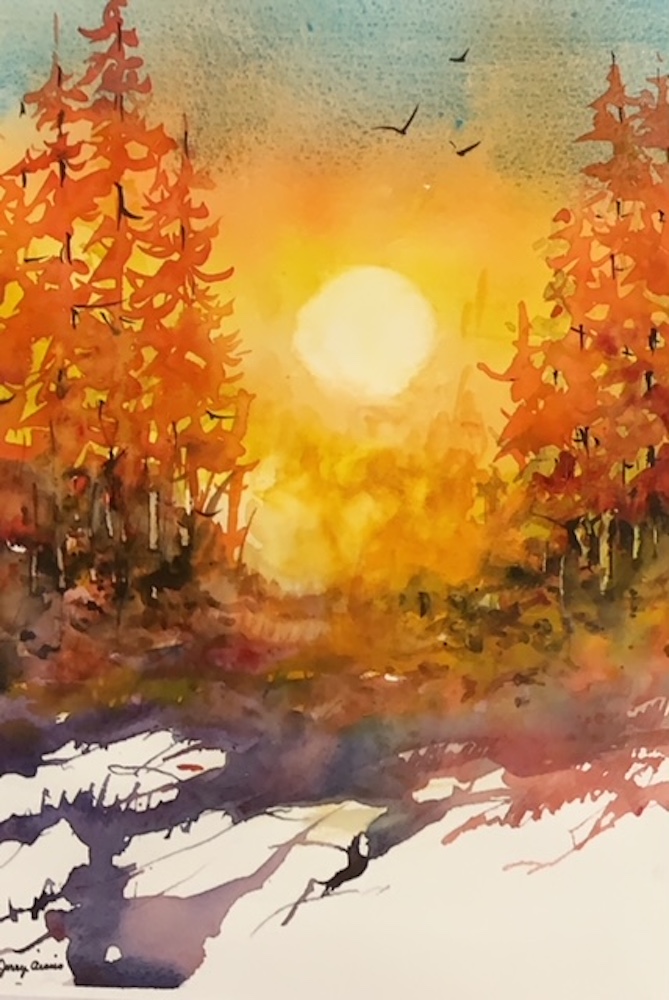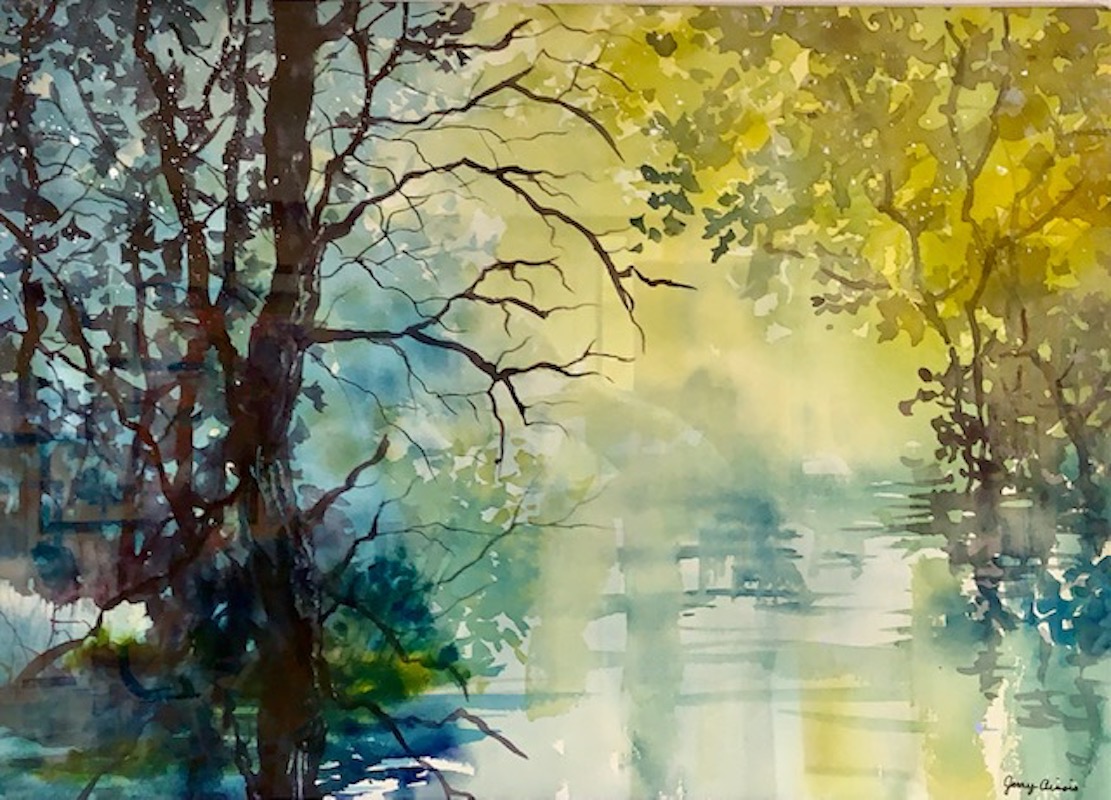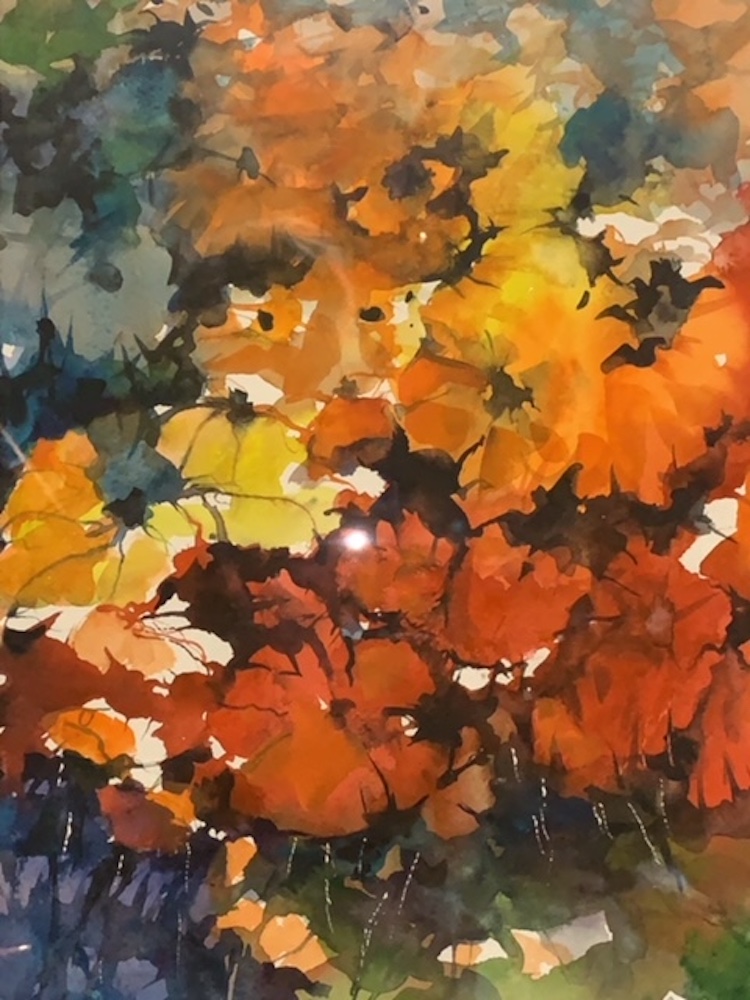Watercolors by Jerry Aissis
Blackstone River Theatre’s Art Gallery will host an exhibition and sale of watercolor paintings by Jerry Aissis on display March 17 through May 26, 2024, viewable two hours before and during scheduled theatre events, in the upper and lower lobby of the Blackstone River Theatre, 549 Broad St., Cumberland, RI.
Jerry Aissis will be offering beginner/continuing beginner watercolor classes at Blackstone River Theatre on Sundays, June 2, 9, 23 and 30. Full details will be announced soon!


